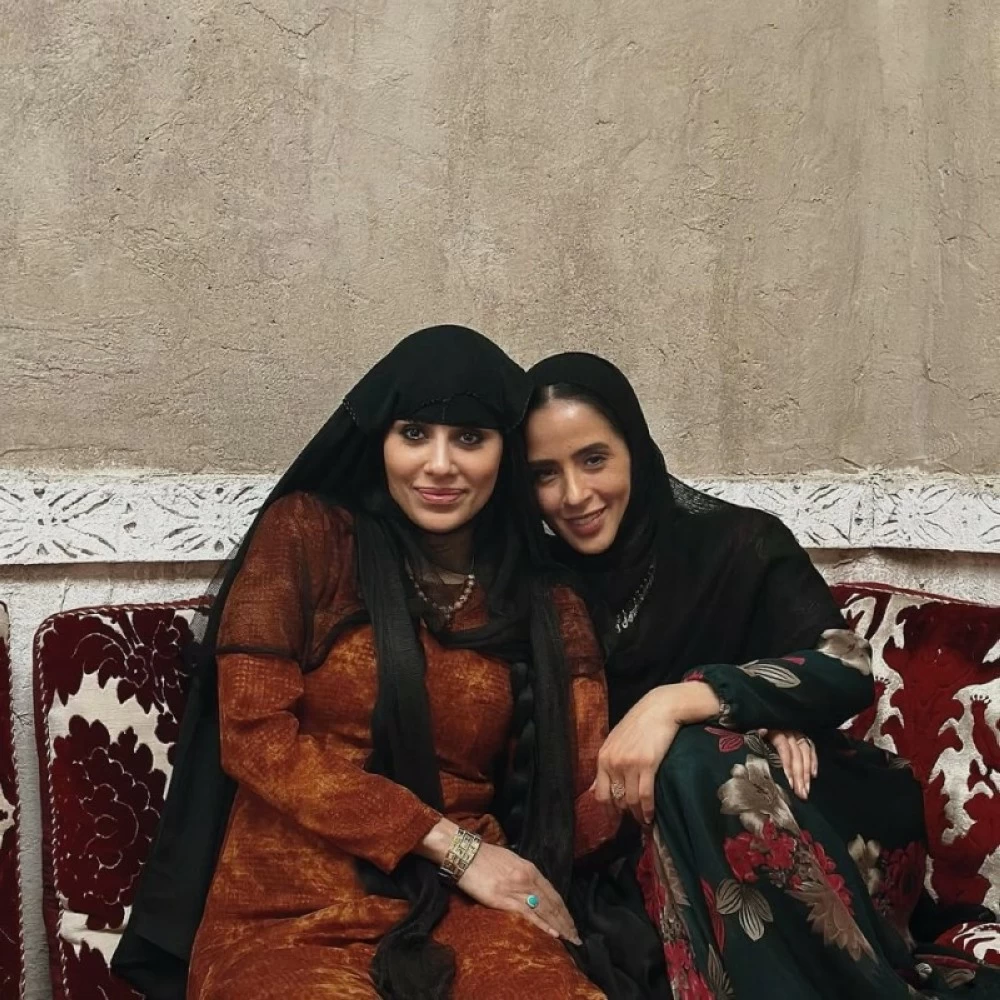انتهى القائمون على مسلسل «شارع الأعشى 2» رسمياً من تصوير حلقات الجزء الثاني استعداداً لعرضه في رمضان القادم.
معالجة دراميةويقدم الجزء الثاني للمسلسل معالجة درامية أوسع مقارنة بالجزء الأول، مع إدخال خطوط سردية جديدة لبعض الشخصيات، وتطوير المسارات التي شكّلت محور الأحداث السابقة.
كما حرص فريق الإنتاج على توظيف مواقع تصوير واقعية وإعادة بناء المشاهد بما يعكس روح تلك الحقبة، في محاولة لإحياء البيئة التاريخية بصورة دقيقة تعزز من حضور العمل لدى المشاهد.
ممثلون جدد
وبحسب صناع المسلسل، يشهد الجزء الثاني مشاركة عدد من الممثلين الجدد إلى جانب أبطال الجزء الأول، في خطوة تهدف إلى توسيع دائرة التفاعل الدرامي وإضفاء زوايا جديدة على الحكايات المتشابكة داخل شارع الأعشى، تمهيداً لعرض مرتقب ضمن الخارطة الرمضانية القادمة.
ويعود المسلسل إلى أجواء الرياض في السبعينات والثمانينات الميلادية، مستعيداً تفاصيل الحياة الاجتماعية داخل الحي الشعبي الشهير الذي يحمل اسم العمل، ومتابعاً التحولات التي شهدتها العائلات والتجار وسكان الشارع في ظل موجة التغيرات الاقتصادية والثقافية التي مرت بها المملكة آنذاك.
The creators of the series “Al-A’shi Street 2” have officially completed filming the episodes of the second season in preparation for its airing during the upcoming Ramadan.
Dramatic TreatmentThe second season of the series offers a broader dramatic treatment compared to the first season, introducing new narrative threads for some characters and developing the storylines that formed the core of the previous events.
The production team has also made sure to utilize real filming locations and reconstruct scenes that reflect the spirit of that era, in an attempt to revive the historical environment accurately, enhancing the work’s presence for the audience.
New Actors
According to the creators of the series, the second season will feature the participation of several new actors alongside the stars of the first season, in a move aimed at expanding the circle of dramatic interaction and adding new angles to the intertwined stories within Al-A’shi Street, in preparation for an anticipated airing within the upcoming Ramadan schedule.
The series returns to the atmosphere of Riyadh in the 1970s and 1980s, reviving the details of social life within the famous popular neighborhood that bears the name of the work, while following the transformations experienced by families, merchants, and residents of the street amidst the wave of economic and cultural changes that the Kingdom underwent at that time.

